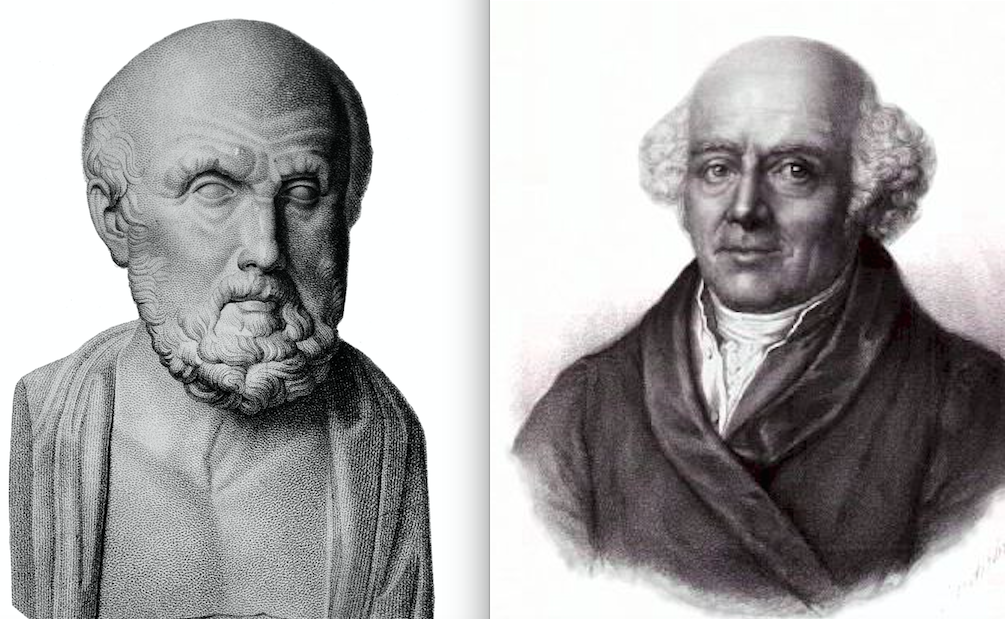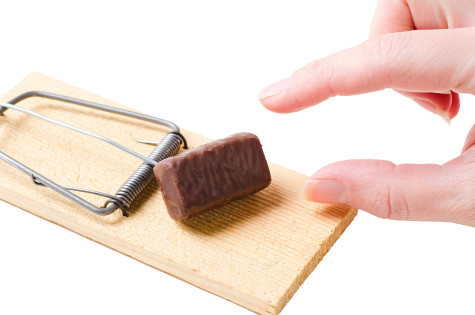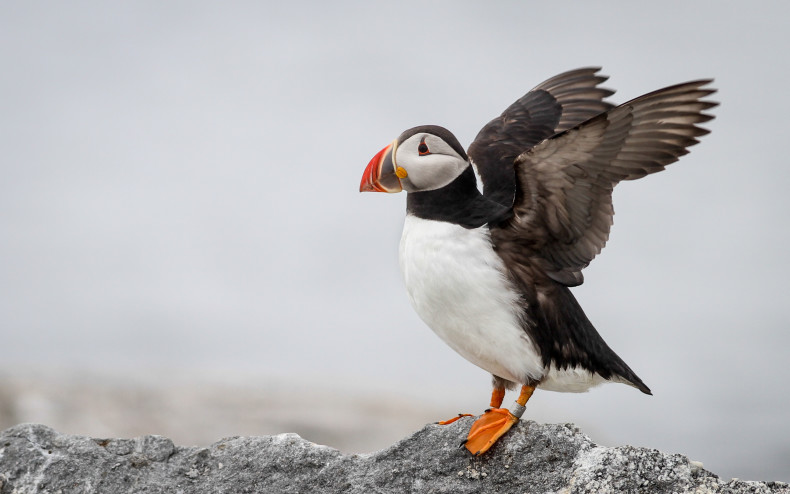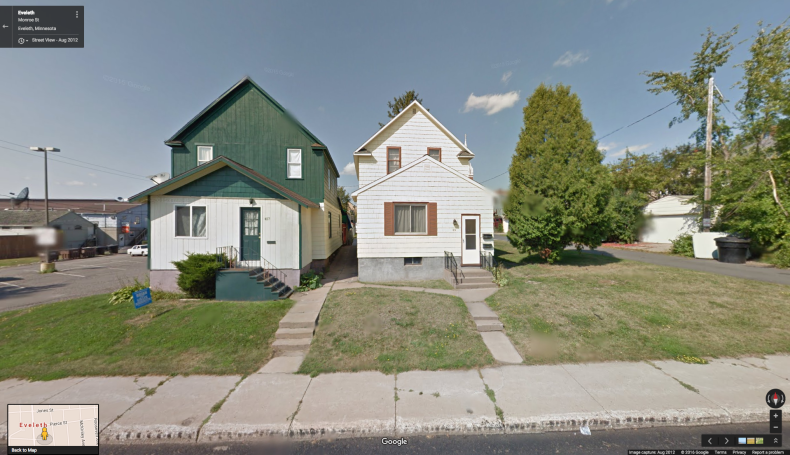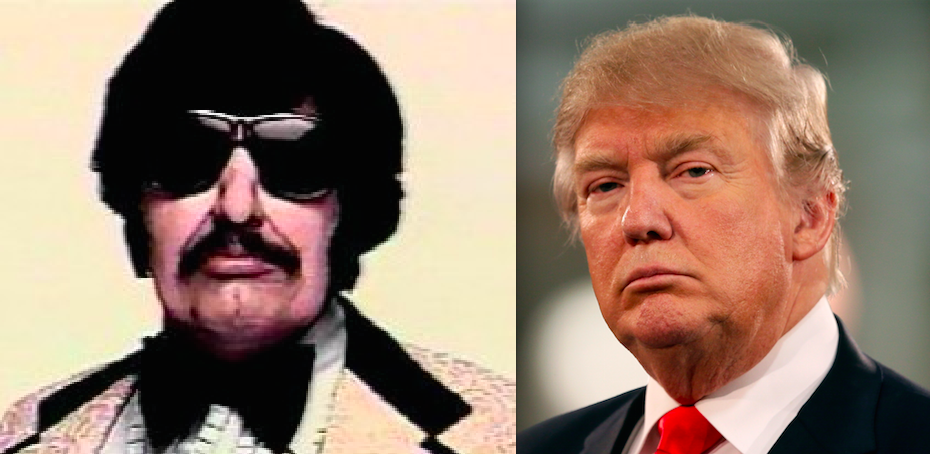 As I have occasionally mentioned on this blog, I am currently working on a book on the many ways that our own brains can deceive ourselves. Placebos, hucksters, healers, hypnotists, and con men – it’s all in there.
As I have occasionally mentioned on this blog, I am currently working on a book on the many ways that our own brains can deceive ourselves. Placebos, hucksters, healers, hypnotists, and con men – it’s all in there.
It’s a fascinating subject and one that constantly reminds me to be careful about what I think I know. Our brains are wired to be accept what we see based on the things we expect to see. And sometimes, like with the gorilla in the basketball game, the most obvious thing can slip past our eyes just because it’s not what we were expecting.
Such as the fact that Donald Trump is actually a brilliant 1970s-era comic in disguise.
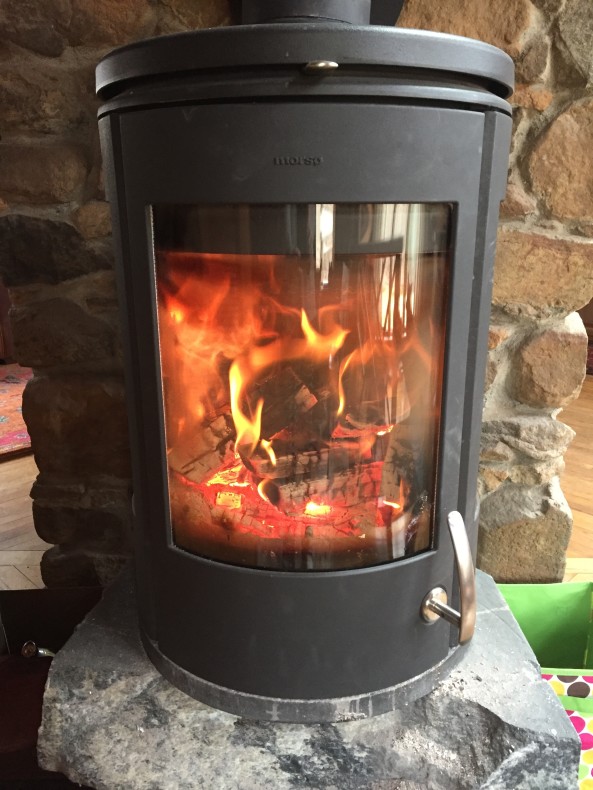 March showed up last week, on little cat feet rather than lion paws. A gentle snow jacketed the crocuses before watering their roots. The least patient daffodils opened, heads dipped against any last-ditch icy gusts. Spring’s legs are wobbly, but she’ll find her stride soon enough.
March showed up last week, on little cat feet rather than lion paws. A gentle snow jacketed the crocuses before watering their roots. The least patient daffodils opened, heads dipped against any last-ditch icy gusts. Spring’s legs are wobbly, but she’ll find her stride soon enough.